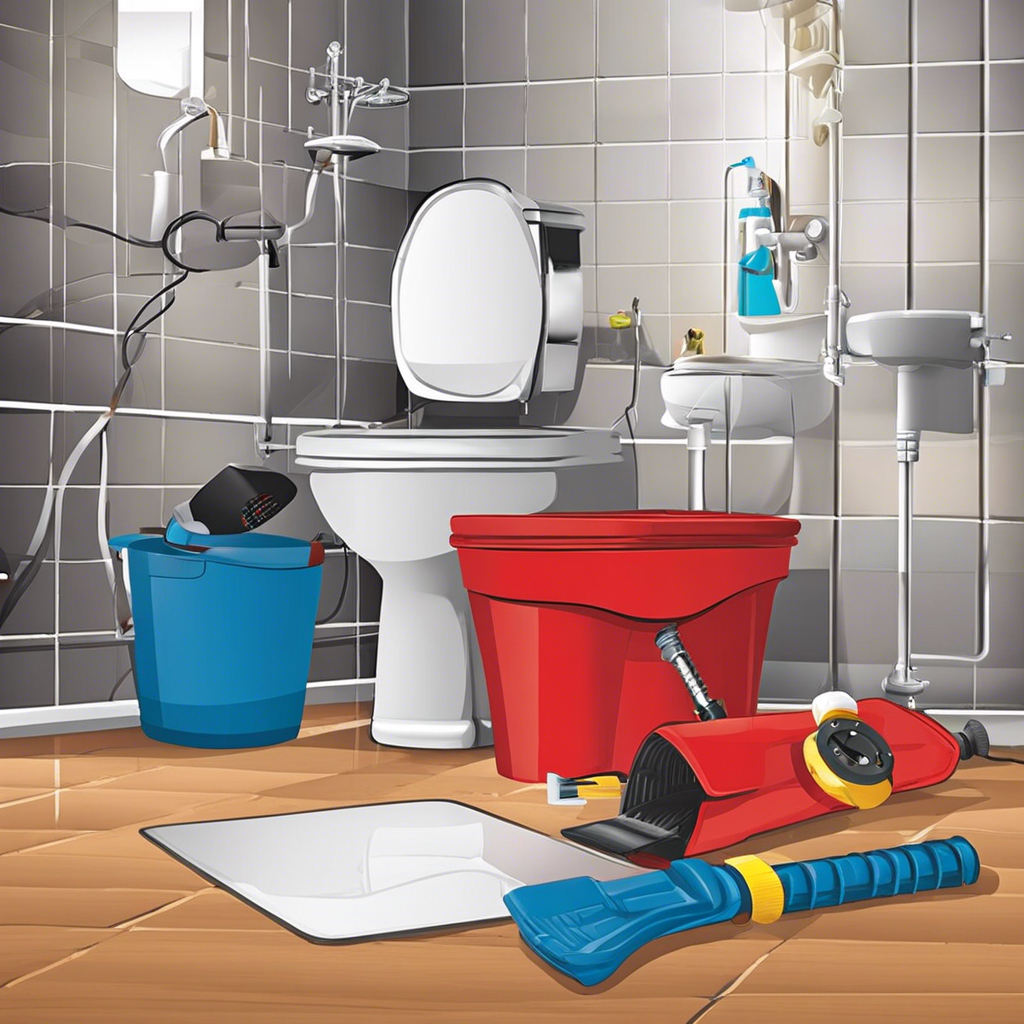We’ve all been there: a leaky faucet that won’t stop dripping or a clogged drain that refuses to budge. While plumbing issues can be a nuisance, many common problems can be solved with a few simple tools and a bit of elbow grease. So roll up your sleeves and get ready to channel your inner handy person!
One of the most frequent plumbing issues is a clogged sink or shower drain. This can often be fixed with a plunger or a drain snake, which you can purchase at any hardware store. For more serious clogs, you may need to remove the trap—the curved portion of the pipe under the sink—to clear the blockage. Don’t forget to place a bucket underneath before removing the trap to catch any water or debris!
Leaky faucets are not only annoying, but they can also drive up your water bill. Fortunately, fixing a leaky faucet is usually a straightforward job. The first step is to identify the type of faucet you have—whether it’s a compression, cartridge, ball, or ceramic disc faucet—and then purchase the appropriate replacement parts. Once you have the necessary tools and parts, you can follow online tutorials or consult a handy how-to guide to walk you through the repair process step-by-step.
Another common issue is a running toilet, which can waste a significant amount of water. Usually, this issue can be resolved by replacing the flapper valve or adjusting the float height. The flapper valve is located inside the tank and controls the flow of water, while the float adjusts the water level. Both of these components are essential in ensuring your toilet functions properly and efficiently.
Low water pressure in your shower or sink can leave you standing under a trickle of water instead of enjoying a refreshing stream. This issue could be caused by a clogged showerhead or faucet aerator, which can be fixed by removing and cleaning them. If that doesn’t do the trick, the problem may lie with the shut-off valves, which might be partially closed or blocked by gunk or mineral deposits. It’s worth checking these valves, as they could be the culprits restricting the flow of water to your fixtures.
Some plumbing repairs can be prevented with proper maintenance. For example, regularly cleaning your showerhead and faucet aerators can help prevent clogs and maintain good water pressure. Similarly, maintaining your water heater by flushing it out annually can help prevent sediment buildup and extend its lifespan. By being proactive with maintenance, you can save yourself time and money in the long run.
When tackling plumbing projects, it’s important to know your limits and seek professional help when needed. Some jobs, such as installing new pipes or addressing complex drainage issues, are better left to licensed plumbers. They have the expertise and equipment to handle more involved repairs safely and effectively. While it may be tempting to attempt a DIY solution for every plumbing problem, recognizing when to call in reinforcements is essential to avoid making the issue worse or causing further damage.
Whether you’re a homeowner or a renter, taking on basic plumbing repairs can be empowering and cost-effective. With a bit of knowledge, the right tools, and a can-do attitude, you’ll be well on your way to tackling common plumbing issues and saving yourself the expense of calling a plumber for every little drip and clog. So, the next time you encounter a plumbing problem, roll up your sleeves, grab your toolbox, and get ready to fix it yourself!
